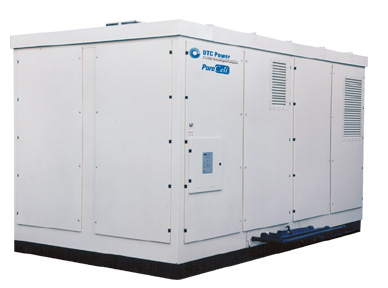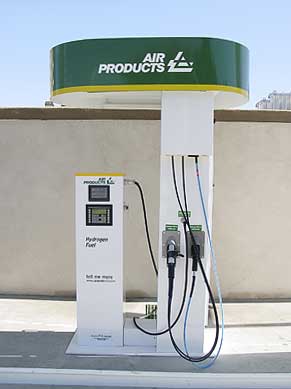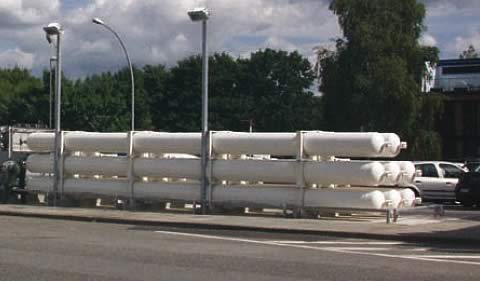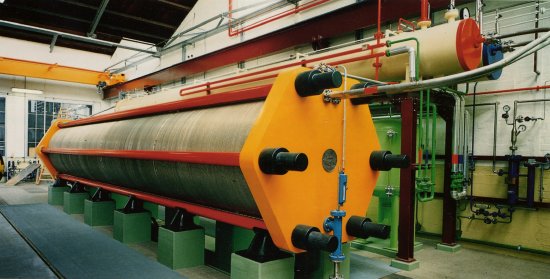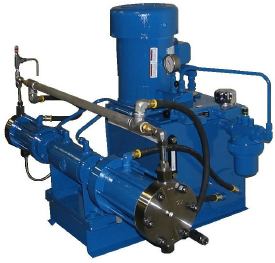
System Overview
The global use of renewable energy resources such as wind and tidal power is plagued by their inherent intermittency. In order to be able to capitalise on these readily available resources some sort of energy storage technology is required that can store the excess electricity produced to be used at a time of mismatching supply and demand. The most commonly used technology for this purpose is batteries but when it comes to large amounts of energy to be stored these become impractical. This is because of the large amount of storage required and the adverse environmental conditions encountered at the site of energy production [1].
A more practical alternative to batteries is a hydrogen buffering system, which stores the excess electricity as hydrogen. It does this by firstly using the electricity generated to fuel an electrolyser, which in turn splits water into hydrogen and oxygen through electrolysis. From here the hydrogen is stored and can then be converted back to electricity through the use of a fuel cell or used in applications such as vehicular transport. This electricity can then either be fed back into the grid or used to make up a deficit in supply from the renewable source such as a wind turbine.
References:
[1]http://www.osti.gov/bridge/purl.cover.jsp;jsessionid=93AA1F72236179ABAD90B8279D6C4ED4?purl=/763244eZ QZG1/webviewable/

